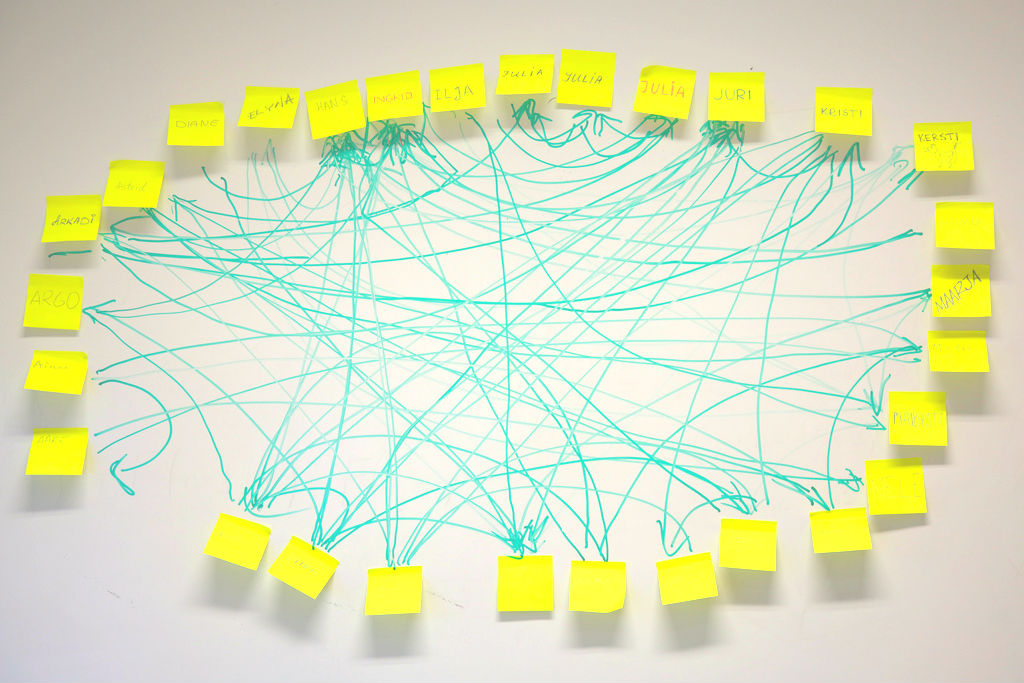
“Converted” was the summation by one CEO as he departed Ellis Jones’ Aged Care and the Social Networking Reality workshop held last week in our Collingwood HQ. “I used to think this stuff was irrelevant, who wants to know if someone is having a cup of coffee? Now I can see the benefits to our business”.
Over the last 12 months we have witnessed a considerable rise in both the application of social media strategy to solve business issues within the aged-care industry and similar sectors as well as a steady increase in the use of social media by aged-care employees, residents and families alike. While mainstream media depicts social networks as being dominated by younger generations and large global brands, other activity bubbles beneath the radar.
In the aged care space it includes:
- Facilities engaging with families.
- Aged care nurses building online support networks.
- Employees sharing their love for and frustrations of their job.
- Commentary on the state of aged care facilities within Australia.
- Families looking for advice and support when looking to place a relative in care.
A mixture of CEOs and Marketing executives discussed these trends and examined how to solve broader organisational issues such as community engagement and recruitment using social media.
So what were the takeaways?
Employee engagement is a key issue to be addressed using social media.
The most interesting revelation for me as presenter was the overwhelming interest in using social media as an employee engagement tool by all parties. This was the key area of interest for the group. Understandably so, as the cost of effectively engaging employees within a multiple shift environment has, and continues to be, an ongoing challenge for this sector. As smartphone use rises exponentially, (forecast to constitute over 50% of the Australian mobile subscription base by 2013) online access can now be easily provided to non-pc workers. With over half of all Facebook web page hits being requested by a mobile device, the opportunities for industry to communicate with employees via this channel becomes a more viable option.
The sector is looking to increase meaningful engagement with residents’ families and consider how to capture commentary as testimonial.
The ability to develop relationships with families based on regular interaction on the day-to-day life of their loved one within the facility was another important objective. This was seen as not only developing trust and understanding for current families, but also a great testimonial for those that are investigating potential care options for their loved ones.
The landscape is changing considerably with more and more people searching, sharing and reviewing online.
Searching for health information online has become increasingly more popular with around 83% of adult users in the US searching online for health information. A report by Pew also found that carers in the US are more likely to gather and share health information and support.
But people are not just looking for information, they are also sharing the experiences they’ve had with different organisations. The graph to the left shows people aged between 40-49 are one of the top age groups that read online reviews and blogs, and over 50% of people aged 50-64 and over 40% of people aged 65 years and older also like to read reviews/blogs online.
Australians have about 67.8 conversations about products, services, and brand per week. It’s also worth noting that this exceeds the number of conversations had by people from the US (65.7).
The diagram below shows the conversation comparison between Australia and the US. As can be seen, 44% of word of mouth conversations in Australia are about health and healthcare.
Word of mouth statistics (online and offline) quickly dispel the rumours that people are more likely to talk about a bad experience than a good one, with 61% of all word of mouth (online and offline) conversations in Australia recorded as positive.
In fact, more than half of Australian conversations actually contain an active recommendation to buy or try a particular brand, with the majority of advice coming from people’s “inner circle” – spouse/partner (29%), friends (25%) or family (24%) (Keller Fay).
So what does this mean for the aged care sector? According to Google search statistics, there has been 590 searches for “Melbourne nursing home” in the last month, 210 for “aged care Melbourne” and 590 for “home care Melbourne”.
Comparison aggregation sites for aged care facilities are also starting to pop up and it won’t be long before Melbourne’s aged care facilities are posted and rated by people who have had some kind of interaction with the organisation.
It’s time for aged care facilities to consider the impact of social media and how a sound social media strategy can help providers and facilities engage with their stakeholders more effectively to mitigate risk and grow business opportunities.



